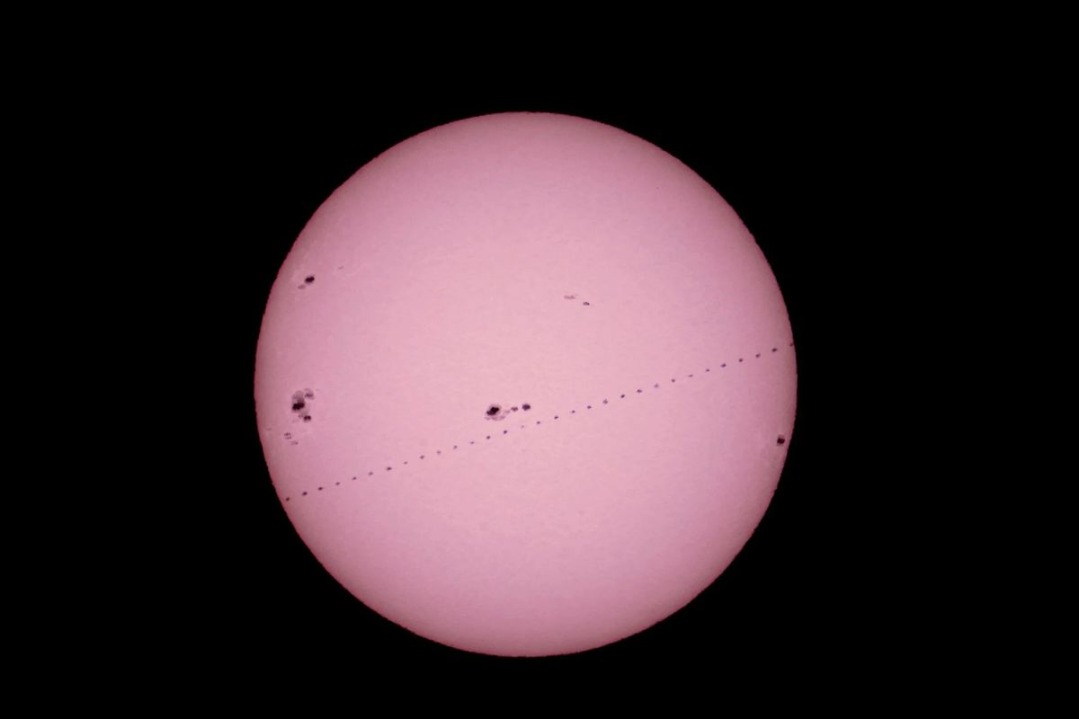New lab module to assist space station's completion


Space lab: Experiments set to achieve world-class findings
China's Mengtian space lab module, the third major component of the nation's Tiangong space station, was launched on Monday afternoon in a key step to complete the in-orbit assembly of Tiangong.
The lab module's carrier — a Long March 5B heavy-lift rocket — blasted off at 3:37 pm from the Wenchang Space Launch Center in the southernmost island province of Hainan.
After flying more than eight minutes, the rocket placed the spacecraft into a low-Earth orbit nearly 400 kilometers above the ground.
Mengtian, the world's largest single-body spacecraft now in active service, was then scheduled to rendezvous and dock with the Tiangong station's Tianhe core module, according to the China Manned Space Agency.
The three crew members of the Shenzhou XIV mission, who have been staying in Tiangong for nearly five months, were ready for Mengtian's arrival, the agency said in a news release.
Mengtian was transported to the Wenchang Space Launch Center by ship in early August. It underwent function and prelaunch checks over the past three months at the launch center. The craft received fuel earlier this month at the center.
The lab module is about 17.9 meters long, has a diameter of 4.2 meters and weighs more than 23 metric tons. It has 32 cubic meters of internal space that can be used by the astronauts, according to its designers at the Shanghai Academy of Spaceflight Technology.
Gan Keli, Mengtian's project manager at the Shanghai academy, said that the spacecraft consists of four sections — a crew working compartment, a payload section, an airlock cabin and a service module.
"There are 13 scientific cabinets inside the craft to hold scientific equipment. It also carries 37 extravehicular payload adapters capable of carrying scientific experiments that need to be exposed to the space environment, cosmic rays, a vacuum and solar winds," Gan said.
Gan noted that scientific equipment onboard will be used for microgravity studies and to carry out experiments in fluid physics, materials science, combustion science and fundamental physics.
- Losar warmth in a new home
- New carrier rocket built by Beijing company fails in maiden flight
- Toxic gas leak in Anhui classified as major work safety liability accident
- Xiamen Marathon runners banned for smoking on course
- China's Shijian 32 satellite launch mission fails
- China's anti-graft efforts deepen in 2025, with 115 senior officials probed




































